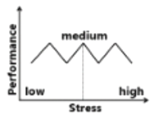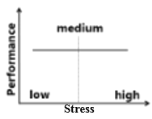0 135712 135720 135726 135730 135736 135738 135742 135748 135750 135756 135762 135766 135768 135772 135778 135780 135786 135790 135792 135796 135798 135802 135804 135806 135807 135808 135810 135811 135812 135814 135816 135820 135822 135826 135828 135832 135838 135840 135846 135850 135852 135856 135862 135868 135870 135876 135880 135882 135888 135892 135898 135906 159627

 B.
B.
 D.
D.